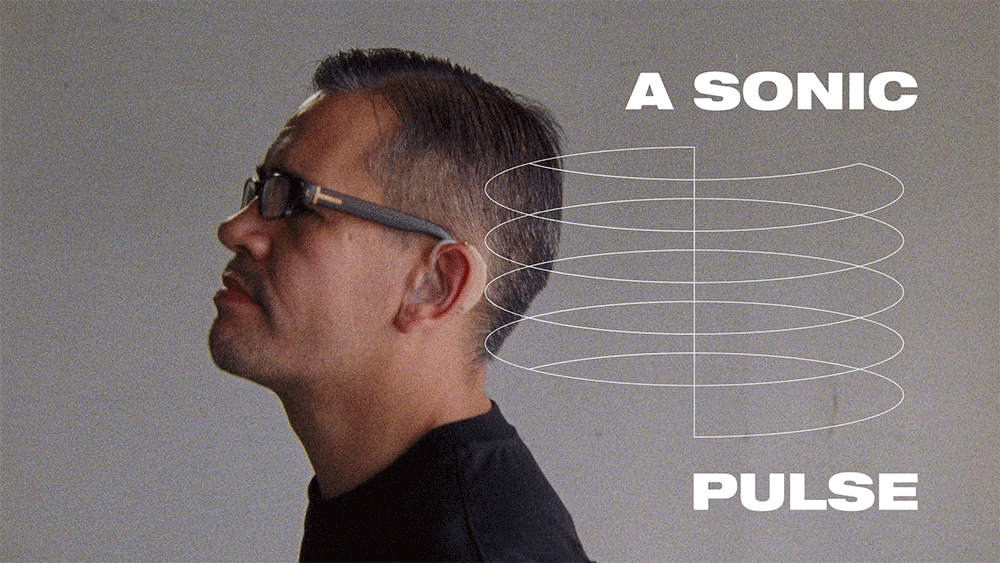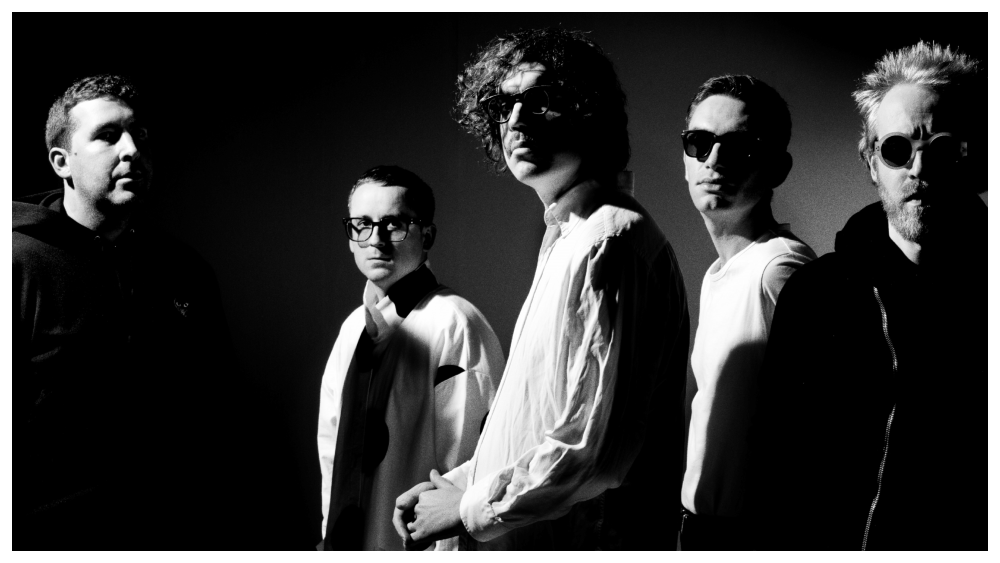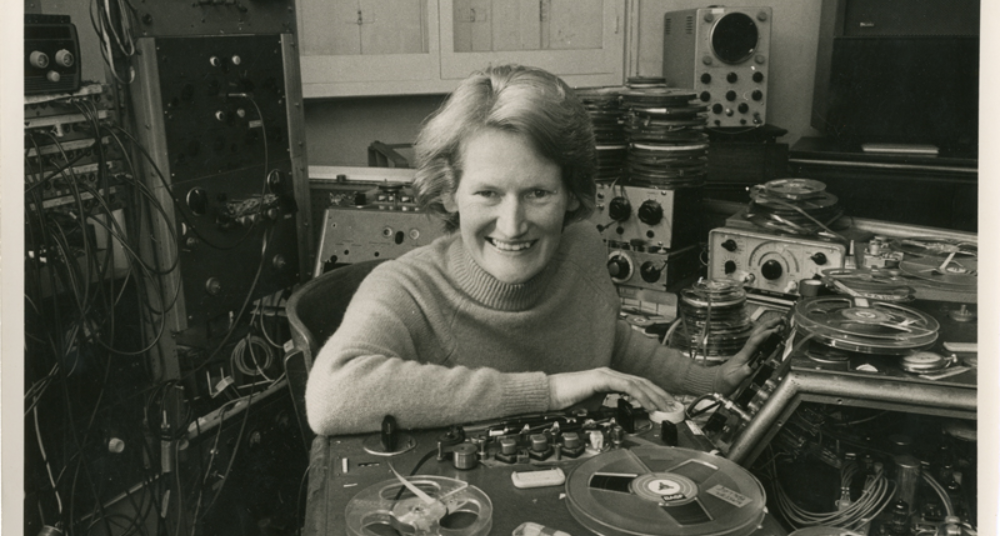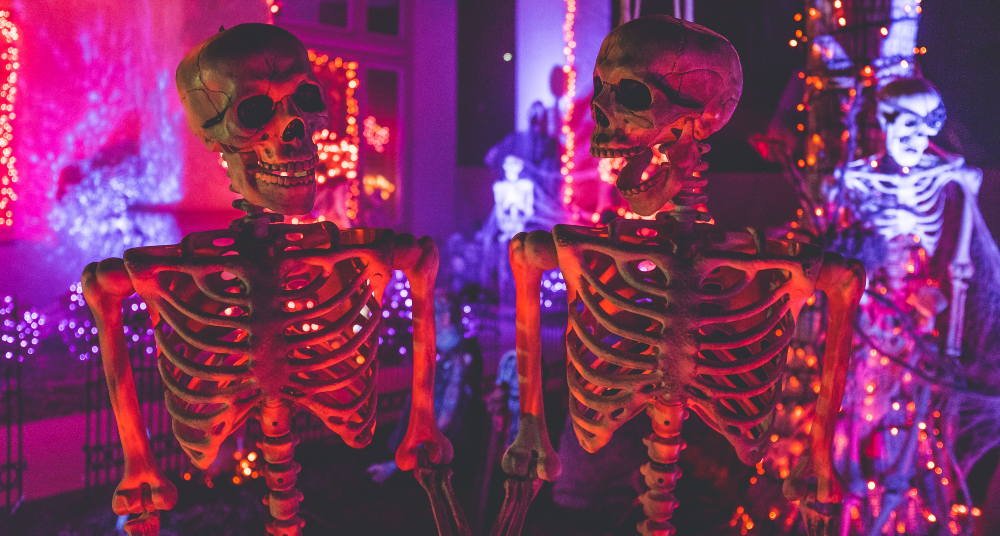At the heart of global club culture lies a genre wrapped up in beats, bass and instrumental escapism – and one that preaches inclusivity and acceptance.
Filmmakers Dorothy Allen-Pickard and Antoine Marinot explore this concept from the perspective of three deaf people, tapping into the universal language of this movement.
Through protagonists Helen Oakley, Troi Lee, Richard France, we learn about the transcendental tendencies of electronic music, how bass penetrates, and why prejudice against deaf music fans may still be an issue in clubs.
Here, Dorothy and Antoine explain their thinking behind the film, why electronic music resonates so deeply with the hard of hearing and what more can be done to ensure accessibility for all…
What inspired you to make this film?
We both listen to a lot of electronic music in and outside of club environments, and because of my (Antoine's) partial deafness (and the prospect of losing my hearing completely) I am increasingly aware of issues relating to deafness. I remember seeing an installation at the V&A called Tonotopia: Listening through Cochlear Implants that really piqued my interest in the subject. There was one testimony from a woman who had completely lost her hearing at a music festival after her cochlear implants faulted, leading to her experiencing the music in a very different way. The conversations we had while making this film have infinitely expanded our interest in the subject and reframed our conceptual understanding of how we all experience sound, music and vibrations.
Why do you think electronic music, in particular, resonates so deeply with those who have difficulty hearing or are deaf?
Electronic music is often based on a 4/4 rhythm, so it's quite repetitive, which as Richard France, a musical producer we interview in the film, says 'can become like a mantra'. The rhythm and beat is a direct echo of the heartbeat (the pulse) that we all feel, whether deaf or hearing, especially when played loud on a club sound system. The bass and sub bass sounds, which are very prominent in electronic music, have lower frequencies (e.g. longer wavelengths) which create bigger pressure waves that our bodies feel (here's where we're getting this from!)
A Sonic Pulse is about the different ways in which deaf people connect to and experience electronic music. It gets to the heart of how music is a universal language when we feel the vibrations, and it's a social experience when shared with others. Richard France talks about losing himself to the beat of the music and the crowd becoming one on the dance floor, and this experience was shared by everyone who helped make the film, both deaf and hearing.
Antoine - what are your own experiences of dance music in the club environment, as someone with partial deafness?
I've always gone to clubs and listened to dance music, both before and after losing hearing in my left ear. Before making this documentary I'd never really questioned or processed how my experience of feeling music in a club environment has changed. Because I can still hear music very clearly, my focus is more on hearing rather than feeling. But after making this film I’m definitely going to try to change my approach to experiencing music from now on!
What more should we be doing in electronic music to support access and encourage participation from deaf music-makers and fans?
In the film, we hear and read about three deaf people's experiences clubbing, which range from the transcendental to the discriminatory. One very shocking example is Troi Lee’s experience of the first time he was refused entry to a club for using sign language in the queue. This is the extreme end of discrimination, but it exists in smaller forms as well, and there are lots of ways of making a club space and musical events more accessible. Some of the most interesting things we came across included lighting designs that echo the music, vibrating dance floors and jackets that mirror the beat, and BSL interpreters who communicate song lyrics. The challenge is to build bridges between deaf and hearing communities and technology can definitely help that.
How is our knowledge and understanding of the physicality of music evolving, do you think?
Richard France phrases it well when he says music shouldn't be defined by hearing people because it's about feeling vibrations and frequencies, and when people feel them they have a different sensual experience compared to if they hear them. We need to take onboard what people with experience of hearing loss and deafness have to teach us about sound and the physicality of music, as their perspective is often overlooked, but can provide the most insight.





